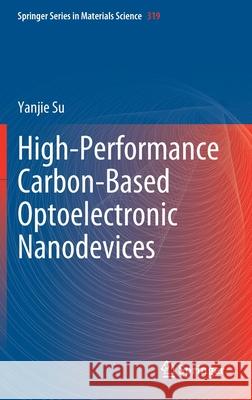High-Performance Carbon-Based Optoelectronic Nanodevices » książka
topmenu
High-Performance Carbon-Based Optoelectronic Nanodevices
ISBN-13: 9789811654961 / Angielski / Twarda / 2021 / 204 str.
Kategorie:
Kategorie BISAC:
Wydawca:
Springer
Seria wydawnicza:
Język:
Angielski
ISBN-13:
9789811654961
Rok wydania:
2021
Wydanie:
2022
Numer serii:
000904288
Ilość stron:
204
Waga:
0.46 kg
Wymiary:
23.39 x 15.6 x 1.27
Oprawa:
Twarda
Wolumenów:
01
Dodatkowe informacje:
Wydanie ilustrowane











